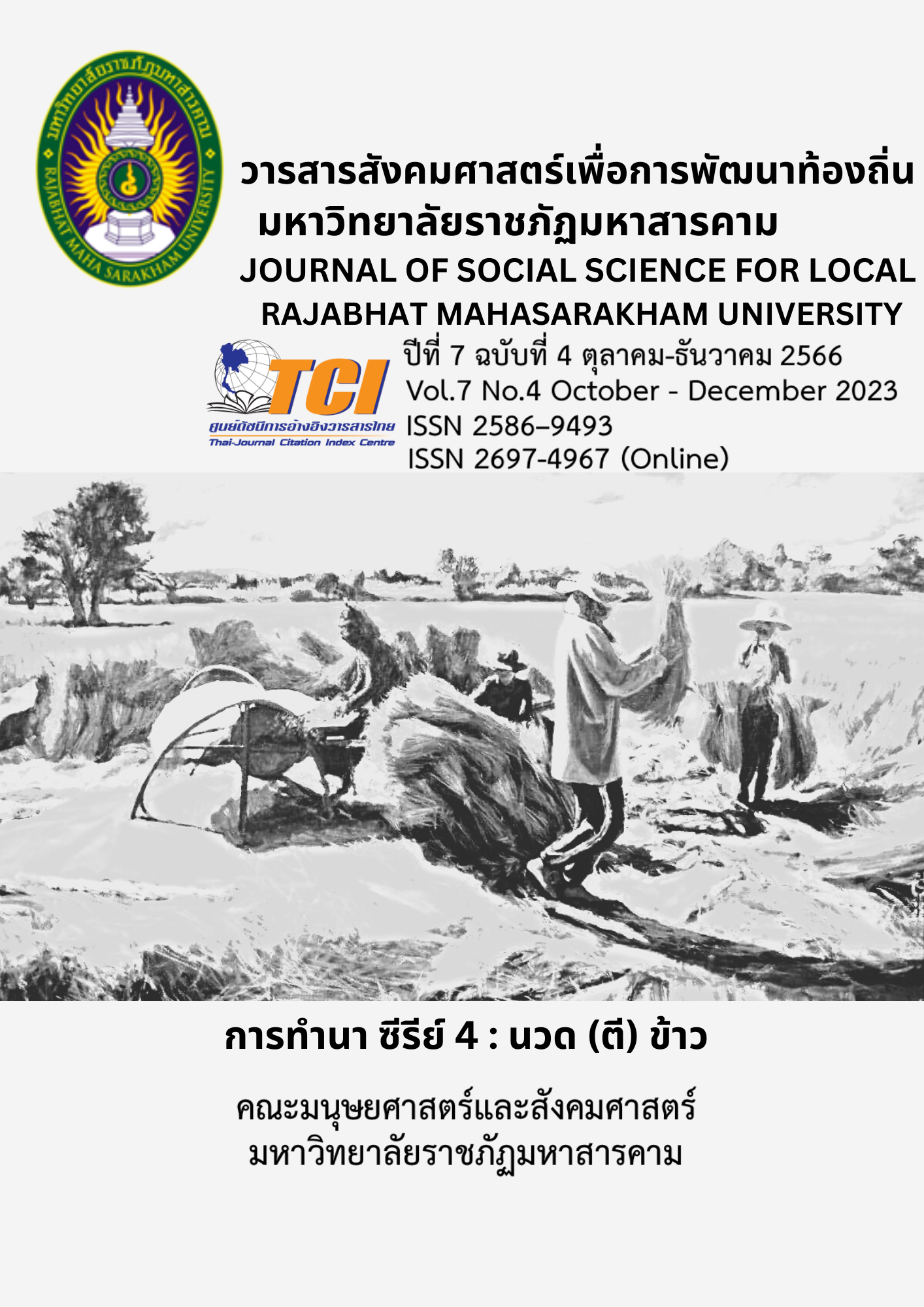Happy School Administration Affecting Educational Quality under New Normal in Secondary Schools in Krabi Province.
Keywords:
Happy School Administration, Educational Quality, Under New NormalAbstract
This research consists purposes were 1. to level of happy school administration in Secondary Schools in Krabi province. 2. to level of educational quality under new normal in secondary schools in Krabi province and 3. to happy school administration affecting educational quality under new normal in secondary schools in Krabi province. It was a quantitative research. The research tools was a 5 rating scale questionnaire. The samples consisted of teachers in secondary schools in Krabi Province under the Office of Trang Krabi Secondary Educational Service Area, amounting to 269 people that according to Krejcie & Morgan (1970) sample size table. The samples were selected using stratified random sampling by school and then randomly drawn proportionately. Then the data collected from the questionnaire was analyzed by descriptive statistics consisting of percentage, mean, standard deviation, correlation product moment, and stepwise multiple regression. The results showed that 1) The level of happy school administration in Secondary Schools in Krabi province was at a high level (x̅ = 4.24) when considering each aspect. It was found that it was at a high level in every aspect: sorted in descending order as follows: process management (x̅= 4.36), personnel management (x̅= 4.28), and facility management (x̅= 4.07), respectively 2) The educational quality under the new normal overall, it was at a high level (x̅ = 4.25). When considering each aspect, it was found that it was at a high level in all aspects: sorted by average: Teachers' job satisfaction (x̅= 4.33), perceived school effectiveness (x̅= 4.32), and student learning outcomes (x̅=4.10), respectively. and 3) The happy school administration affecting education quality under new normal in secondary schools in Krabi province was statistically significant at the .01level as follows: process management (X2), personnel management (X1), and place management (X3) respectively, with the multiple correlation coefficient (R) equal to 0.752, and the prediction efficiency (R2) was 56.60 percent, and can be written as a regression equation as follows: = 0.602 + 0.377(x2) + 0.337(x1) + 0.137(x3).


